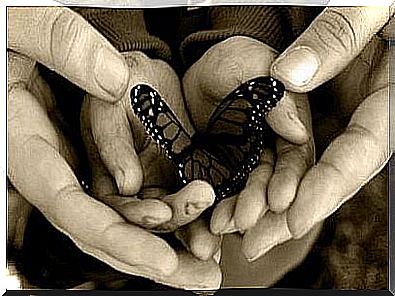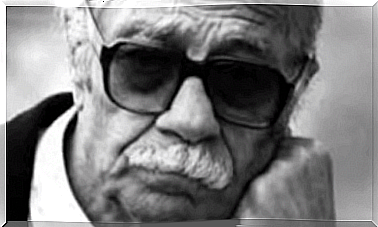Genuine Kindness Is The Universal Language

Genuine kindness strengthens those who practice it. It goes far beyond good manners or formalities. When kindness is authentic, it demonstrates sincere consideration and respect for others. There is also evidence of good character and a key that opens most doors.
The truth is that kindness is a universal language. It’s not just a language to use among friends, either. Kindness can be very powerful in difficult circumstances or with stubborn people. Most people are receptive to the power of a friendly attitude.
Sometimes we confuse kindness with hypocrisy. Sometimes people may pretend to be nice to others or avoid conflicts by keeping quiet. Or maybe they are just saying what they think the other person will hear to try to control the situation. This is not genuine kindness. It is more related to manipulation.
Genuine kindness comes through in people’s body language more than in social formalities. Here are some tips on how to identify genuine kindness.
Visual contact and genuine kindness
Visual contact is a way to detect hostility and kindness. If someone refuses to look you in the eye, it involves a certain degree of rejection. Raising your head to look down on someone or looking at them over your shoulder can also be a sign of hostility.
When you look at someone with kindness, you do so spontaneously and warmly. A friendly person meets the gaze of the speaker. When you speak, a really friendly person makes eye contact with the listeners. This warm and open socket makes everyone feel comfortable and on the same level.

Gestures of acceptance
Genuinely friendly people respect the opinions of others. They know how to listen, even if they do not agree with the other person. Friendly people make gestures of approval when others speak. They do it to encourage conversation and signal that they are listening.
Nodding your head or leaning slightly towards the other person will encourage the speaker to keep talking. These gestures, however small they may seem, make it easy for people to express themselves. They tear down any barriers that may exist. Smiling is also a sign of approval and acceptance. All of these things make the speaker relax and make everyone feel more connected.
Finding balance in the conversation
Few people are well versed in the art of conversation . In an atmosphere of real warmth, everyone understands the importance of balance in the interactions. Both parties effortlessly perceive the importance of back and forth in a good conversation. It’s a time to talk and a time to listen. This is the only way to establish good communication.
Monopolizing conversations or directing them towards topics that are not of general interest is bad for communication. Ideally, everyone should be able to participate. If people do not try to push themselves or show themselves, this happens naturally. Things flow without anyone having to make a special effort.

Flattery is not synonymous with kindness
Some people play the host or hostess in any situation they find themselves in. They use flattery and compliments to relate to people and to make themselves appear nice. But they do it automatically. It’s like reading a script that has nothing to do with what they’re really thinking.
Kindness has nothing to do with flattery. Recognizing the value of others’ accomplishments is one thing, and flattering them is another. Being friendly is very different from being a flatterer. Genuine kindness can adapt to certain situations, but it is never like theater. Really nice people do not play plays.

All human actions and words can be improved with kindness. If we all tried to be friendlier, we would be able to approach difficult relationships and situations with greater intelligence and ease.









